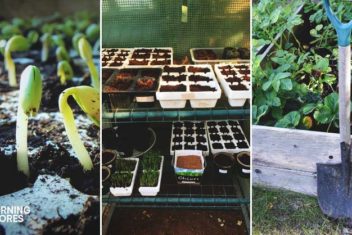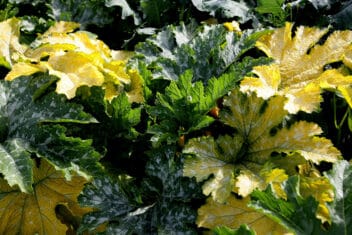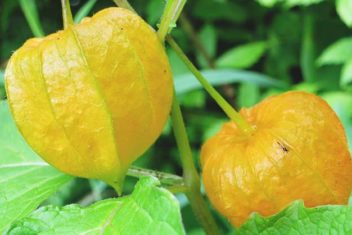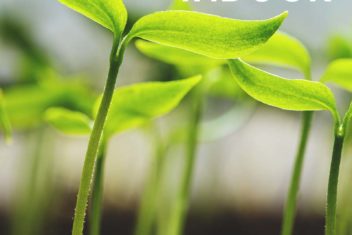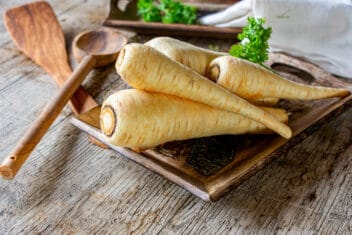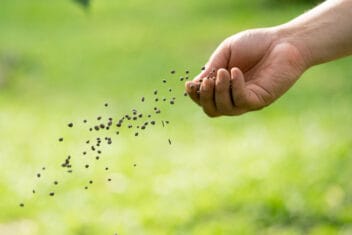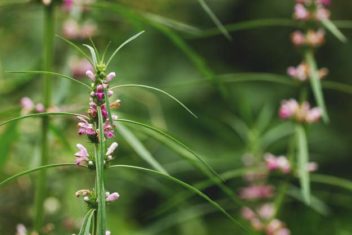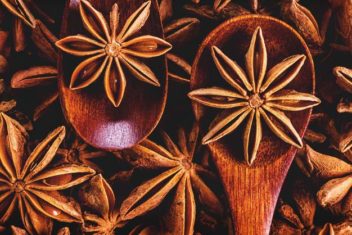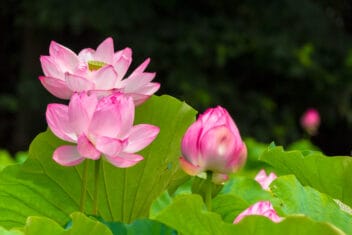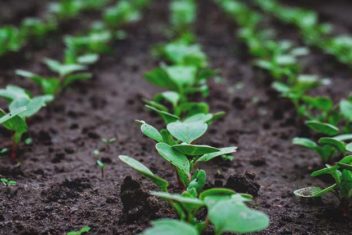Ever heard the term “F1 plants” or “F1 seeds” and wondered, what the heck? You’ll hear this term frequently, but you may not know what it means. Or you might be confused about whether it’s a good, bad, or neutral thing.
As you dive further into the world of gardening, you’ll encounter the arguments for and against F1 plants and seeds.
That’s why were going explain what they are, when to use them, and why they’re controversial with some gardeners.
What Are F1 Plants and Seeds?
The term “F1” refers to a type of hybrid seeds created by the selective breeding of a plant. It involves cross-pollinating two different parent plants. When you work with genetics, the term “F1” is an abbreviation for Filial 1, which means “first children.”
When two plants cross-pollinate and create a new type of hybrid plant, the seeds from that plant are called F1. While cross-pollination takes place naturally, F1 seeds are created in controlled situations.
Gardeners and scientists look for plants with ideal traits and cross-pollinate them to create a line of plants with positive characteristics.
Producing healthy lines of F1 plants take a lot of time. It involves the use of parent plants from the pure lines and can take up to 7-8 years to create. Horticulturists take years to establish pure lines to cross-pollinate with.
You can find F1 seeds in catalogs, where they often are some of the most expensive ones available. While they might cost more, these plants are bred to have the most desired traits.
Some characteristics of F1 hybrids include:
- High vigor
- Heavy yields
- Uniformity
- Early maturity
- Disease resistance
- Good holding ability
Some people look down on these types of seeds because they’re made “in a lab.” But even though these aren’t heirloom plants, that doesn’t make them inherently bad. They’re still a viable option for all gardeners.
You’ll find gardeners who only use heirlooms, but you have to decide for yourself.
Examples of F1 Hybrids
Let’s learn a bit more about these types of seeds to help you decide which is right for your garden.
Chances are you know a few F1 plants already. Some of the most popular tomato plants sold in the stores are hybrids.
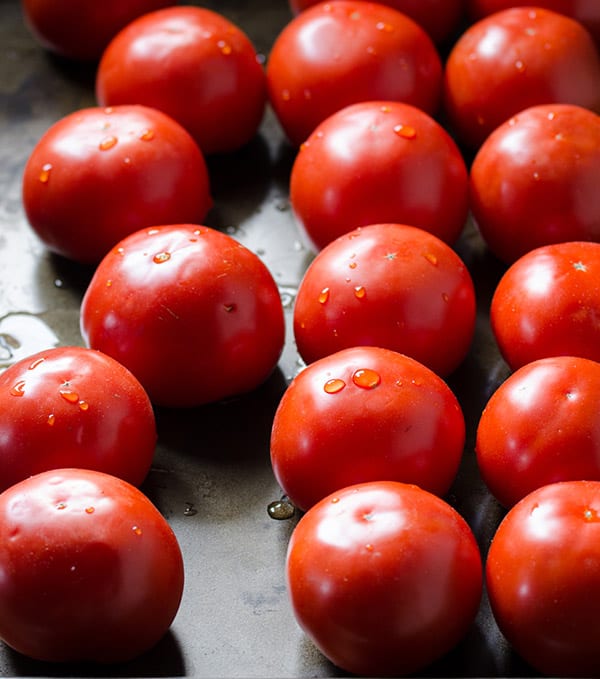
Here are some examples of F1 plants you might already know.
- ‘Burpee’s Big Boy’ tomatoes
- ‘Celebrity’ tomatoes
- ‘Early Girl’ tomatoes
- ‘Super Sweet 100’ cherry tomatoes
- ‘Sweet Success’ cucumbers
- ‘Premium Crop’ broccoli
Hybridization Isn’t Always a Bad Thing
Some people hear the term hybrid and immediately think that something crazy happened in the science lab to generate these seeds. So, they stay away from them out of worry; they don’t want to feed their family something sub-par.
I understand that concern!
However, hybridization isn’t a bad thing, and it can happen in nature naturally without our aid. Last year, I had no idea that planting two types of corn together was a bad idea. I planted a popcorn seed and sweet corn.
Well, they cross-pollinated, and while my popcorn plants turned out great, the sweet corn was inedible. It was too hard for sweet corn and refuses to pop on the stove.
We know that hybridization began in the 19th century when Gregor Mendel crossbred two different types of peas and cross-pollinated by hand. He worked on this project and created the very first F1 plants.
The Pros and Cons of F1 Plants
As mentioned before, F1 plants can be a bit controversial. Some people refuse to use hybrid seeds, but it’s important to know that there are pros and cons.
The Pros
Let’s take a look at the positives to help you decide if these plants could earn a place in your garden.
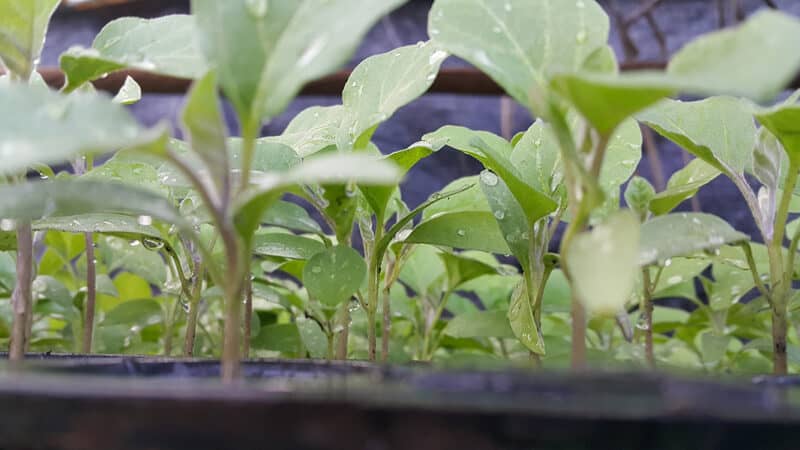
1. Faster Maturity Rate
One of the reasons hybrid plants became so popular was that the number of grocery store chains dramatically increased. Farmers had to grow more and more vegetables to satisfy the customers. That meant maturity rates needed to be faster.
Not all F1 seeds mature faster, but they typically mature faster than heirloom plants. This means that if you have a shorter growing season, F1 plants and seeds could be a better choice for your garden.
2. Potentially Higher Yields
Remember how farmers need to grow more foods because of the busy grocery stores? That’s why many of these plants also have a higher yield than heirloom crops. If you have a smaller parcel of land, planting these seeds could give you a larger yield on the same amount of land.
3. Fewer Issues with Pests
F1 plants tend to be stronger and have a higher survival rate than other plants. Typically, they have fewer pest problems, which means you won’t need to spend as much time battling them back.
The chances of using chemical pesticides are lower, which is an overall good thing for your garden and the environment.
4. Combines The Best of Both Hybrid Parent Plants
One of the best parts of hybridization is that many of these plants have disease resistance. When these plants cross-pollinate, the parent plants are selected because of their qualities. Plants with strong traits, such as high yields, disease resistance, etc, are picked to cross with each other to bring out their positive traits.
Here’s an example.
Let’s say you have two different types of pea plants. One produces large quantities of pods, and the other never has pest and disease problems. When you cross them together, the goal is to end up with a plant that has high yields and is disease and pest resistant.
The Cons
They sound pretty good, but what are the drawbacks of F1 seeds?
1. Most Plants Are Sterile
For most F1 plants, they’re sterile and cannot propagate through typical methods. This isn’t true for all hybrid plants, but a lot of these plants cannot reproduce.
So that means you won’t be able to save seeds from these plants which is a true disadvantage. I prefer to save seeds from my strongest plants to create a line of seeds that grow well in my garden. Using hybrid plants could mean you can’t do that.
Not all plants are sterile, but if you find one that’s not, there is a chance the seeds won’t breed true. So, if you try to save seeds from a delicious F1 tomato plant, the next year’s harvest might not the same.
Some seed companies do this on purpose to stop their hybrid plants from being stolen or replicated.
2. More Expensive
F1 plants and seeds are often more expensive than other options because they cost more to produce. Heirloom seeds are often some of the cheapest because they’re saved directly from the same plant without any of the extra steps.
When it comes to the hybrid seeds, hand pollination and all of the work involved in cross-pollinating leads to more labor and laboratory costs.
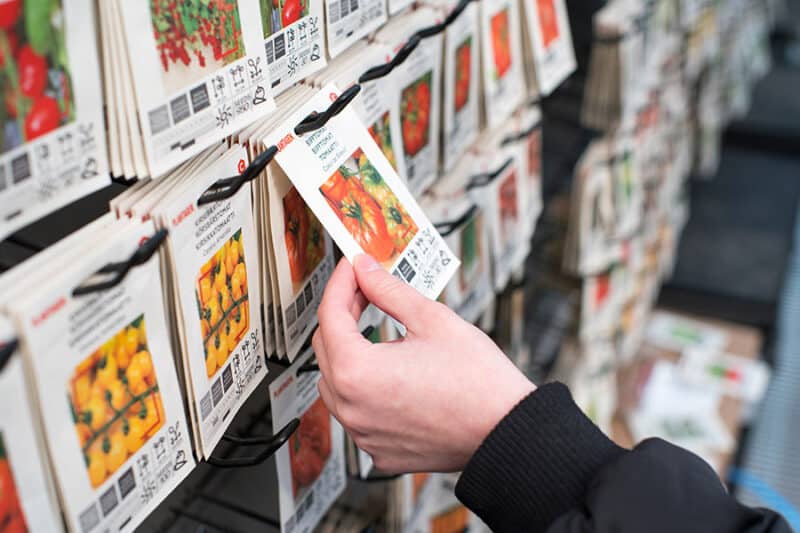
Also, since you often cannot save the seeds and plant them the following year, you won’t be able to save money by saving seeds. This might be okay for someone who has a small garden, but if you have a large garden with dozens or hundreds of plants, it’s not always cost-effective to buy seeds each year.
3. Loss of Flavor
Many people note that growing hybrid plants leads to a loss of flavor. The flavor might be sacrificed in the quest for uniformity and the best-producing plants.
You’d have to see what you think for yourself!
Which is Right for You?
You don’t need to pick either only heirloom or hybrid seeds. A majority of my garden contains heirloom plants, but I toss a few hybrid F1 plants and seeds for diversity.
If you have a large garden, it might be impractical to just use F1 plants, but if you want to try a few new hybrid plants a year, give them a try!
The bottom line is that you have to choose what works for you and fits your needs.

